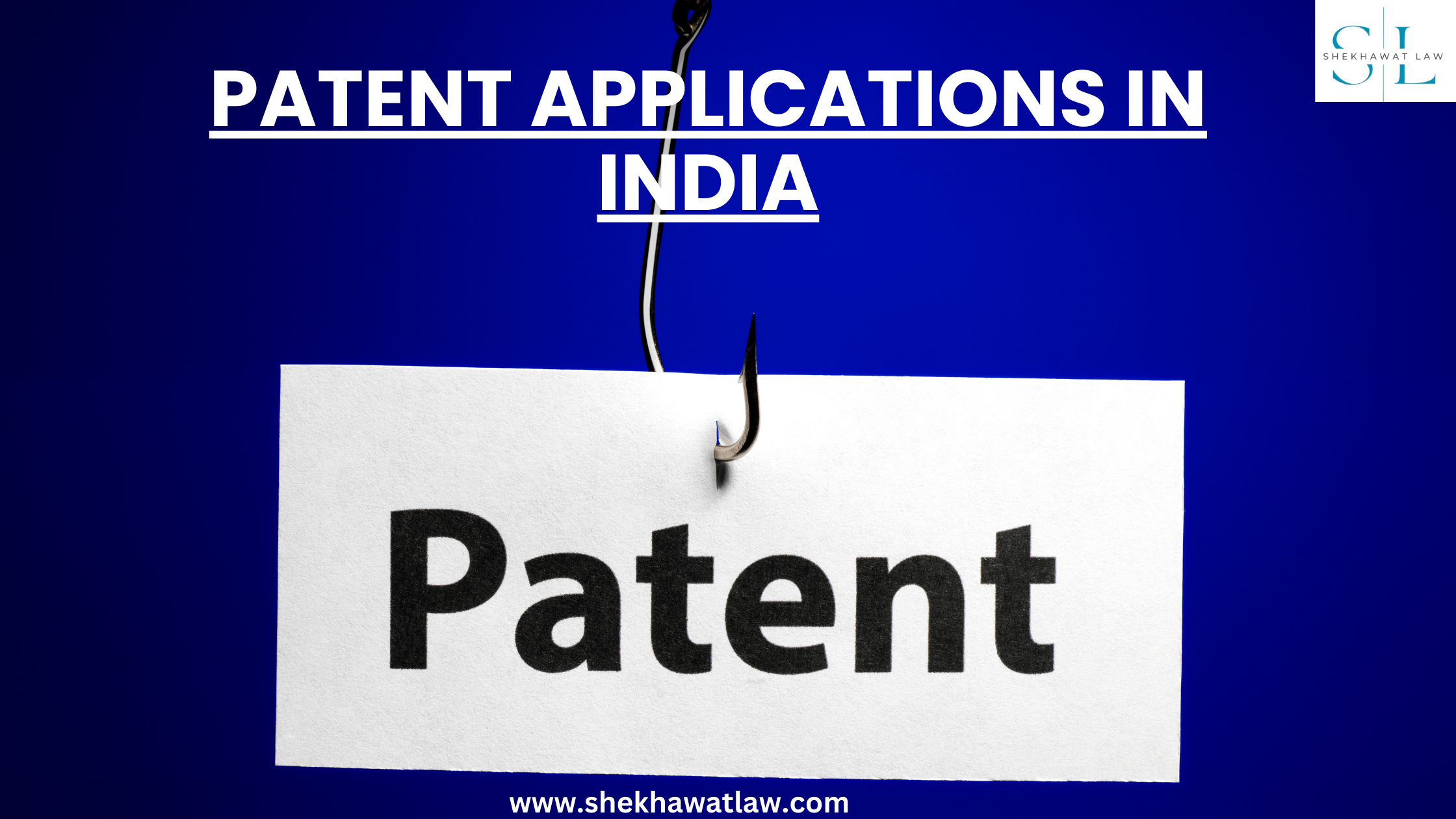Understanding Patent Applications in India
Filing a patent application is an essential first step for companies and inventors looking to safeguard their creations. The Indian patent application in India procedure can be intricate and demands close attention to detail. One of the best legal consultancies, Shekhawat Law, offers professional assistance in navigating this complex process. The goal of this blog is to explain the essential procedures and demystify the Indian patent application process.
What is Meant by a Patent?
An inventor or assignee of a unique, non-obvious, and commercially viable innovation may get an exclusive legal right from the government through the application of a patent. The patent owners may use this power to prevent third parties from producing, utilizing, importing, selling, or utilizing the patented invention without their consent.
Types of Indian Patents
Three categories of patents exist in India:
Utility patents: These protect recently discovered or innovative products.
Patents on designs: These safeguard an object's distinctive aesthetic features.
Plant Patents: Patents for novel and distinctive plant varieties are awarded.
How to Apply for a Patent
India has multiple steps in the patent application process. This is a comprehensive guide:
1. Determine Patentability
-
Ensure your invention is novel, involves an inventive step, and is capable of industrial application. It should not fall under the non-patentable inventions as defined by the Indian Patents Act.
2. Conduct a Patent Search
-
Perform a patent search to check if similar inventions already exist. This can help you determine the novelty of your invention.
3. Prepare a Patent Specification
-
Provisional Specification: If your invention is still in the experimental stage, you can file a provisional specification. This helps secure a priority date.
-
Complete Specification: A detailed document that fully describes the invention, including claims, which define the scope of patent protection.
4. File a Patent Application
-
Form 1: Application for Grant of Patent
-
Form 2: Provisional/Complete Specification
-
Form 3: Statement and Undertaking under Section 8 (disclosing foreign filings)
-
Form 5: Declaration as to Inventorship
-
Form 9: Request for Publication (optional)
-
Form 18: Request for Examination
5. Publication of Patent Application
-
The patent application is published in the official patent journal after 18 months from the filing date. You can request early publication using Form 9.
6. Examination of Patent Application
-
The patent application is examined by the Indian Patent Office upon filing Form 18. An examiner reviews the application for compliance with patentability criteria and issues an examination report.
7. Respond to Examination Report
-
Respond to the objections raised in the examination report within the stipulated time (usually six months). This may involve amending the claims or providing clarifications.
8. Grant of Patent
-
If the examiner is satisfied with the responses, the patent is granted and published in the patent journal.
9. Post-Grant Compliance
-
Pay the necessary post-grant fees and maintain the patent by paying annual renewal fees.
Important Forms and Fees
-
Form 1: Application for Grant of Patent
-
Form 2: Provisional/Complete Specification
-
Form 3: Statement and Undertaking under Section 8
-
Form 5: Declaration as to Inventorship
-
Form 9: Request for Publication (optional)
-
Form 18: Request for Examination
-
Fee Structure: Varies for individuals, small entities, and large entities. Ensure to check the latest fee structure on the official website.
Online Filing
-
The Indian Patent Office provides an e-filing system for patent applications. Create an account, fill out the necessary forms, upload documents, and pay the fees online.
Professional Help
-
Consider hiring a patent attorney or agent to assist with the application process, ensuring that the documents are correctly drafted and the process is smoothly handled.
Key Tips
-
Ensure detailed and clear drafting of the complete specification, including claims.
-
Keep track of deadlines for responses and fee payments.
-
Regularly check the status of your application online.
By following these steps, you can navigate the patent application process in India effectively and increase the chances of securing patent protection for your invention.
Why Did You Select Shekhawat Law?
The procedure of applying for a patent might be difficult to navigate. To guarantee a seamless and fruitful patent application procedure, Shekhawat Law provides a wide range of services, such as:
Expert Consultation: Comprehensive advice on whether an innovation is patentable.
Writing and Submitting: Expert support for creating and submitting patent applications.
Prosecution Support: Skillfully managing compliance concerns and objections.
Services for Maintenance: Ensuring legal compliance and prompt payment of renewal fees.
Conclusion
A key to safeguarding your invention and maintaining a competitive edge is obtaining a patent. Businesses and inventors can safely negotiate the intricacies of the Indian patent application procedure with the help of Shekhawat Law's skilled staff. You can successfully protect your innovations and make a living by knowing the procedures and getting expert help.
Speak with Shekhawat Law right now for more details or help with patent applications.


